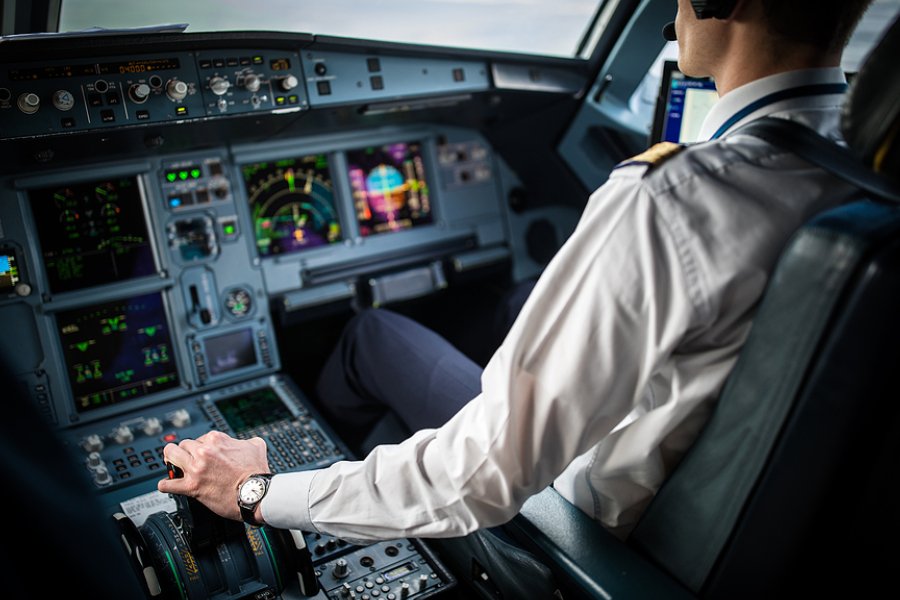Situational Awareness and Why It Matters in Aviation
A pilot, be it experienced or one taking their private pilot license, is obligated to constantly be fully aware of the aircraft that is under their command, its position in space, and other flight safety factors. Situational awareness is one of the core techniques experienced pilots use to achieve this. Years of expertise and consistent practice have made situational awareness second nature for these pilots, ensuring the safety of their passengers, flight and ground crew, themselves, and other aircraft in the airspace.
Understanding Situational Awareness (SA)
SA has been around for a long time and is a term commonly used not only in aviation but also in sectors like the military, maritime transportation, and healthcare. In the context of the aviation industry, whether a pilot is operating an aircraft or attending to passengers, SA is all about staying on top of these three things:
· The current situation
· The situation’s changing state, and
· The situation’s potential future developments
Individual pilots generally have a mental image of their surroundings, including where the aircraft is and where it is meant to be, and be prepared to act should something interferes with this. This type of situational awareness begins before, during, and after the flight.
The Different Levels of Situational Awareness
Situational awareness in aviation is categorised into three distinct levels:
1. Perception – Scanning, noticing, and gathering data to understand what happened.
2. Comprehension – Absorbing large amounts of information to fully grasp the situation.
3. Projection – Predicting what might happen and planning the best course of action based on the two previous observations.
Why Situational Awareness Is Paramount in Aviation
In aviation, the slightest human error can lead to enormous and fatal repercussions. As a result, it takes considerable effort to mitigate and ideally avoid the likelihood of these errors. SA is essential to this process because it helps pilots predict circumstances more accurately, which allows them to respond to unforeseen events more quickly.
Pilots cannot make the right decisions without accurate and comprehensive situational awareness information. Therefore, SA is one of the most vital intellectual skills pilots need to hone, starting from their time as beginner pilots taking private flying lessons up until the end of their careers.
With high situational awareness, pilots can make wiser decisions, eliminate errors, and significantly increase their performance. On the other hand, insufficient or a lack of situational awareness can have disastrous repercussions, such as airspace violations, unexpected weather conditions, controlled flight into terrain, loss of aircraft control, and more.
Improving Situational Awareness
Situational awareness is a cognitive skill that takes time and experience to master. It must constantly be kept at the forefront of the mind to develop it to its full potential. Pilots train tirelessly to build and maintain their SA skills throughout their careers. Standard practices for improving situational awareness include:
1. Working on prediction skills
Learning to anticipate the future necessitates continuously thinking forward and devising contingency plans to avoid unpleasant surprises. Some questions that pilots frequently ask themselves include the aircraft's current position in space, where it will be in five to ten minutes, its altitude during descent and landing, and so on.
2. Check repeatedly
Years of flying will sharpen one’s instincts for sensing when something does not feel right. Trusting instincts and double-checking assumptions are often necessary.
3. Recognising possible threats
Constantly monitor, detect, and recognise any elements that pose a potential risk (e.g., wind fluctuations, terrain) and their potential responses to your actions.
4. Not fixating on one problem
Systematically shifting the focus from the aircraft to the current flight to the surroundings and people nearby. Continuously follow this pattern and avoid focusing only on one issue, as neglecting the big picture is among the common mistakes aviators make when faced with extenuating circumstances.
5. Performing frequent SA risk assessments
Continuously assess the situation and be prepared for anything (weather changes, fuel systems, equipment operating status, traffic movements, etc.) while in the air to actively gather the information necessary for prompt action.
Conclusion
One of the many skill sets required of any aviator is acute situational awareness, which can only be gained and developed via regular practice in the air and beyond the training school.
If you are eager to earn your private pilot license, you can get started on improving your situational awareness today, even while on the ground. Developing the practice of always being conscious of everything around you may assist you during flight school, where constant situational awareness is necessary for success.
WingsOverAsia is an integrated private aviation service provider in Singapore with decades of expertise on hand. With a team of dedicated and experienced professionals, we offer a vast range of aviation services to both business and leisure travellers, ranging from aircraft sales to first-rate air charter services in Singapore.
At WOA, we believe in offering personalised service that meets the needs of every individual traveller. Embark and experience the ultimate aviation lifestyle by taking a private jet from Seletar Airport to wherever you desire. Drop us a message today to learn more about our premier services.

